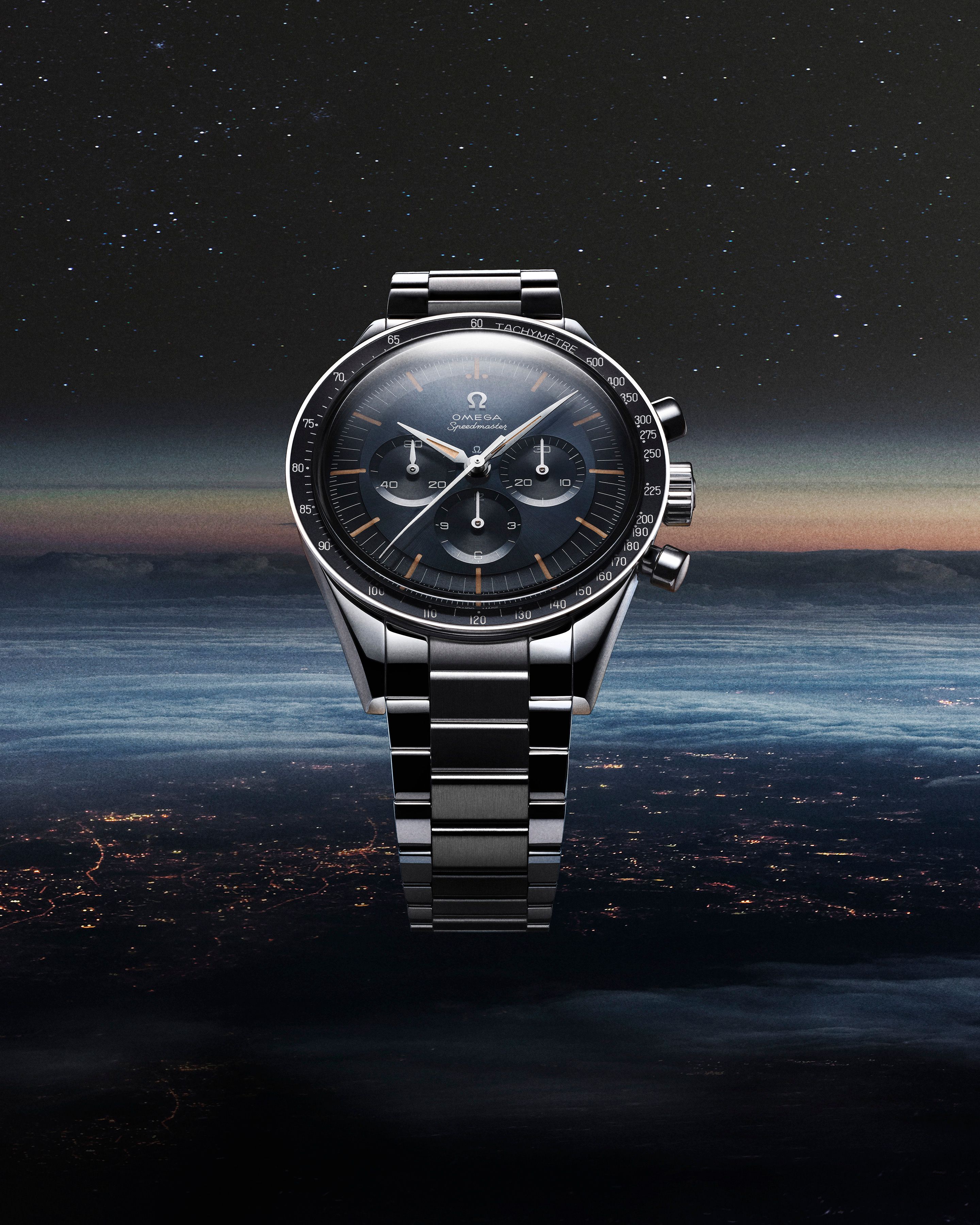'The First OMEGA In Space' Reimagined For A New Era
OMEGA's association with space exploration is a cornerstone of the brand's identity, dating back to the early days of human spaceflight. The company's journey to the stars began in 1962 when astronaut Walter "Wally" Schirra wore his personally purchased OMEGA Speedmaster during the Mercury-Atlas 8 (Sigma 7) mission. This event marked the first time an OMEGA timepiece ventured into space, earning the watch its evocative nickname, 'The First OMEGA in Space', and initiating the brand's enduring legacy in space exploration. And now, OMEGA has recommenced production of one of its most iconic and sought-after timepieces. The watch in question, known as 'The First OMEGA in Space', has been reintroduced with a modern update that marries heritage-inspired design elements with cutting-edge watchmaking technology.
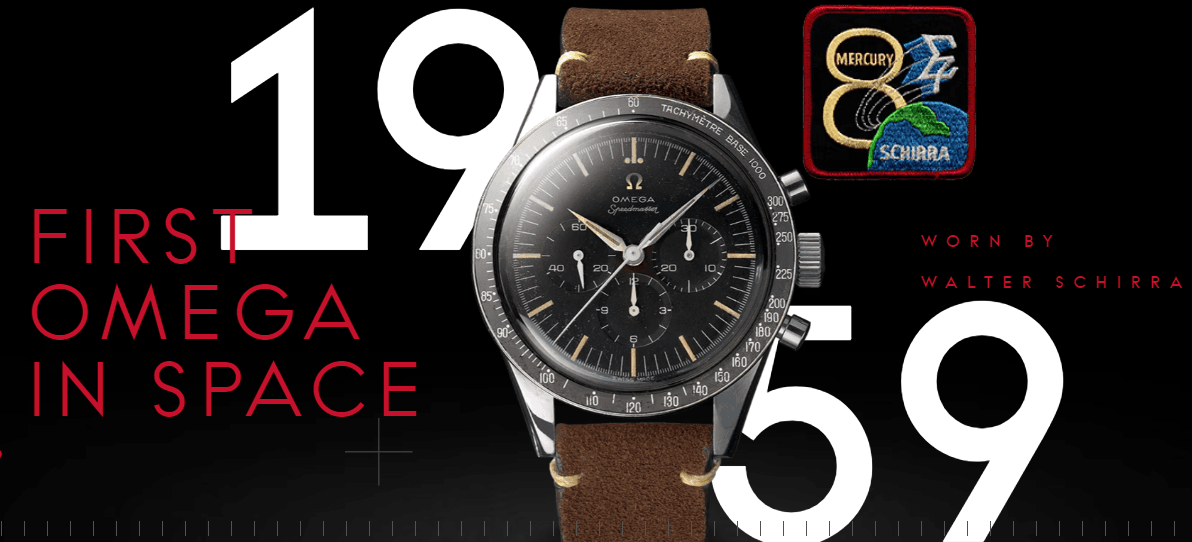
The significance of this event cannot be overstated. In the early 1960s, at the height of the Space Race, every piece of equipment carried by astronauts was scrutinized for its reliability and functionality in the harsh environment of space. Schirra's choice to wear his OMEGA Speedmaster, a watch he trusted implicitly, spoke volumes about the timepiece's quality and precision. This unofficial endorsement laid the groundwork for OMEGA's later selection by NASA as the official watch for all manned space missions.
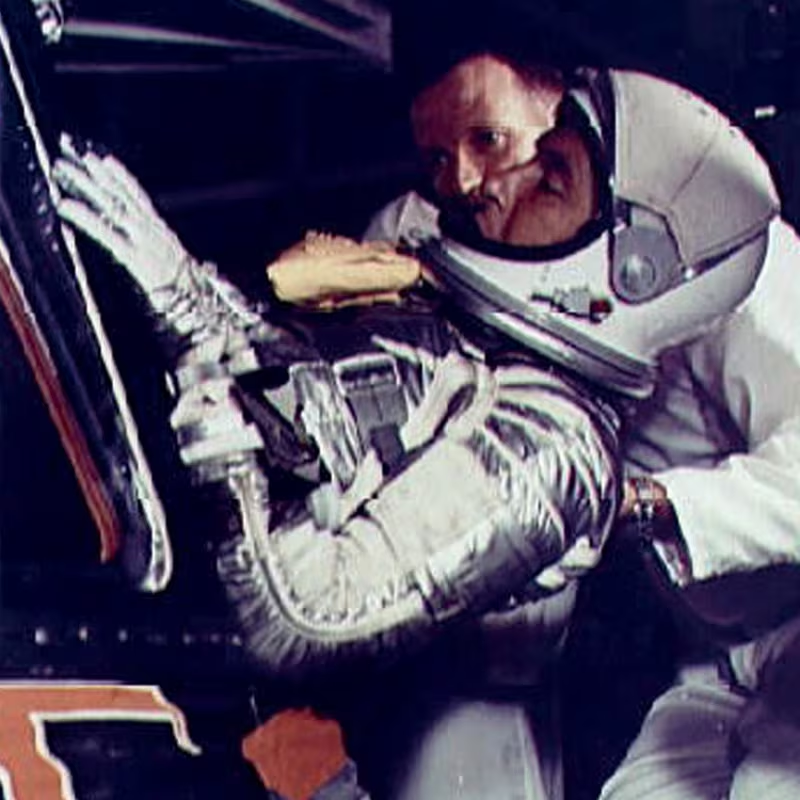
The original timepiece, identified by its reference number CK 2998, was first released in 1959. It represented the second generation of OMEGA's renowned Speedmaster family, distinguished by its slender Alpha hands, symmetrical case, and dark bezel—features that set it apart from its 1957 predecessor. These design elements would go on to influence future Speedmaster models and become iconic in their own right.
OMEGA's space legacy continued to grow throughout the 1960s and beyond. The Speedmaster was officially flight-qualified by NASA for all manned space missions in 1965, and it was the first watch worn on the Moon during the Apollo 11 mission in 1969. This rich history of space exploration has become an integral part of OMEGA's brand narrative, influencing both its product design and marketing strategies for decades.
The reintroduction of 'The First OMEGA in Space' is a testament to the enduring appeal of this legacy. The new models pay homage to the 1959 second-generation style, featuring a symmetrical 39.70 mm case crafted from polished-brushed stainless steel. The black aluminum bezel ring includes the Speedmaster's signature tachymeter scale, complete with the historically significant "Dot Over Ninety" detail. A hesalite-like form sapphire crystal combines durability with vintage aesthetics, protecting a CVD-coated dial in grey-blue, reminiscent of certain CK 2998 models from the 1960s.
While the exterior of the watch pays tribute to its heritage, the interior represents the pinnacle of modern watchmaking technology. The reintroduced models are powered by the Co-Axial Master Chronometer Calibre 3861, offering superior precision, enhanced performance, and exceptional magnetic resistance. This movement, a direct descendant of the Calibre 321 that powered the original models, represents over six decades of horological evolution. The METAS certification ensures the highest standards of quality and reliability, bringing this classic design firmly into the 21st century.

This blend of vintage aesthetics and modern technology places 'The First OMEGA in Space' squarely within the growing trend of "neo-vintage" or "vintage-inspired" watches. This trend, which has gained significant traction in recent years, reflects a desire among watch enthusiasts for timepieces that evoke the charm and design language of iconic models from the past while offering the benefits of contemporary watchmaking advancements. The appeal of such watches lies in their ability to bridge generations, offering a tangible connection to horological history without sacrificing the performance and reliability expected of a modern luxury timepiece. For OMEGA, this approach allows the brand to capitalize on its rich heritage and emotional connection with longtime fans while also attracting younger enthusiasts who appreciate vintage design but demand cutting-edge functionality.
Moreover, the reintroduction of 'The First OMEGA in Space' serves as a powerful marketing tool, reinforcing OMEGA's historical importance in space exploration and watchmaking innovation. It provides a narrative thread that connects the brand's past achievements with its current capabilities, demonstrating a continuity of excellence that spans decades.
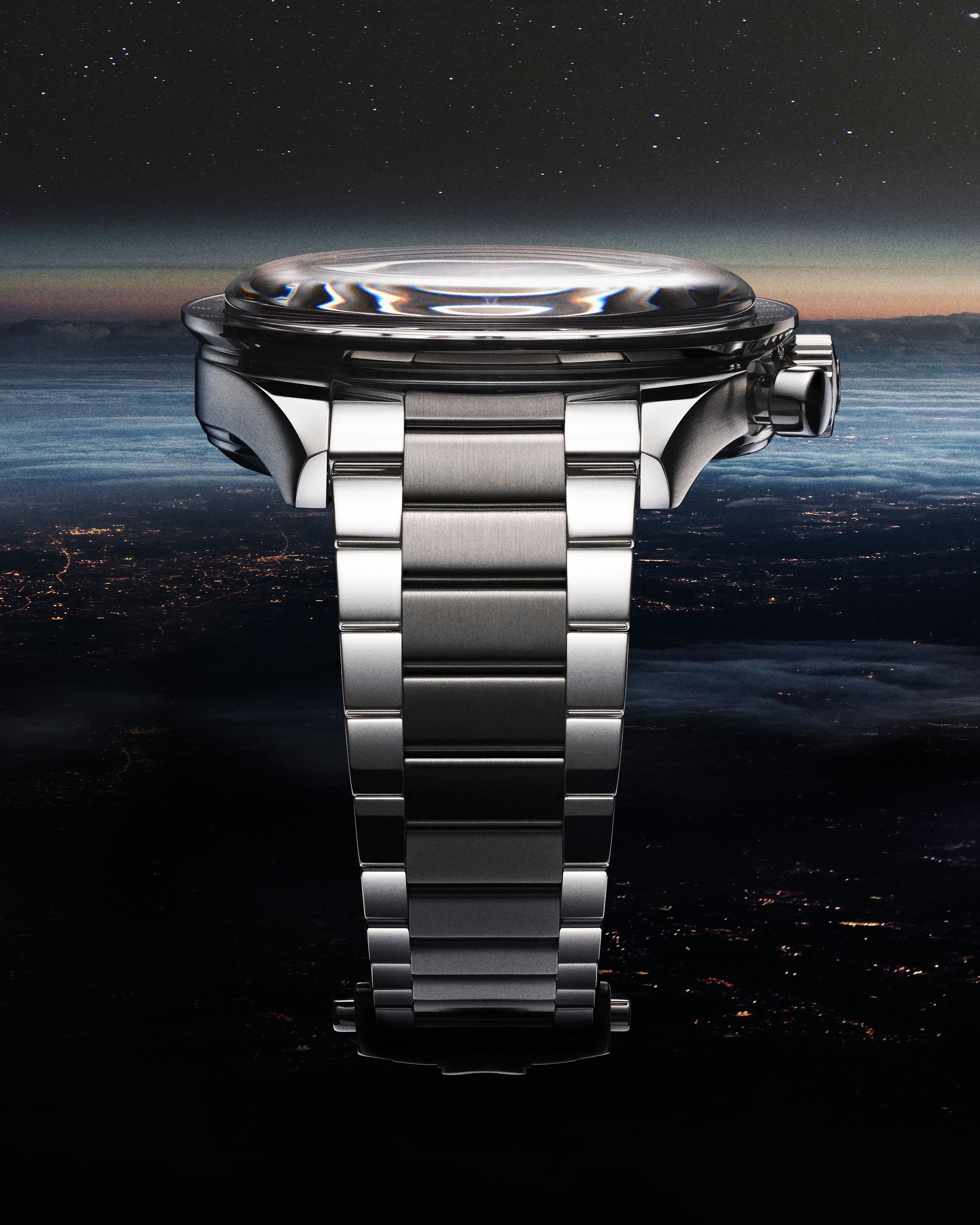
OMEGA is offering this reimagined classic in three variants: with a black leather strap and buckle, with a brown leather strap and buckle, or on a full metal bracelet featuring "flat links" and OMEGA's patented comfort release adjustment system. Each timepiece is presented in a special box, accompanied by an exclusive LEGENDARY MOONWATCH leaflet, further emphasizing its connection to space exploration history.
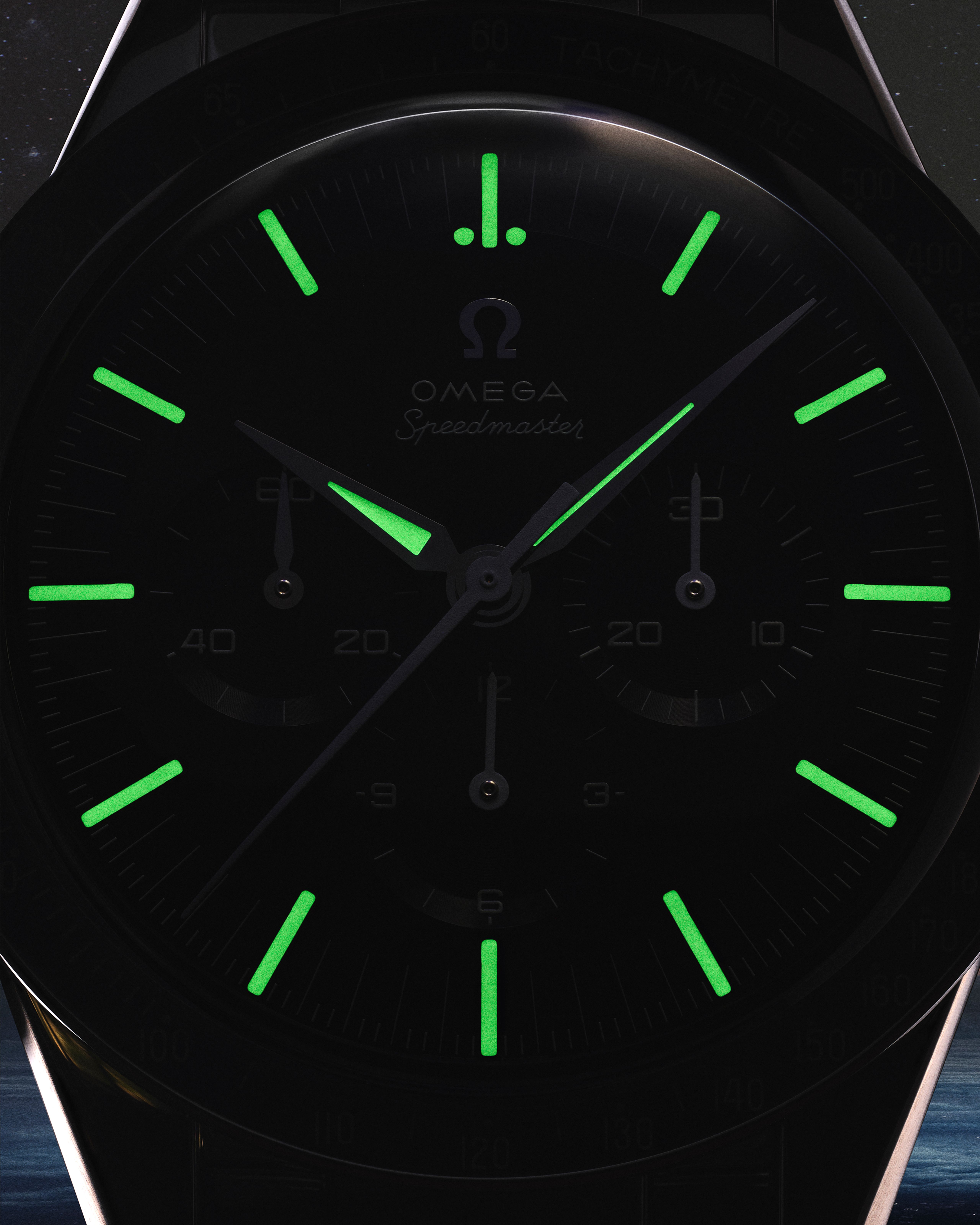
The reintroduction of 'The First OMEGA in Space' represents a masterful blend of horological heritage and contemporary watchmaking. By combining iconic design elements with modern technological advancements, OMEGA has created a timepiece that not only pays homage to its illustrious past but also sets new standards for precision and performance. This release underscores OMEGA's commitment to its space exploration legacy while demonstrating its ability to innovate and evolve.
No articles found


